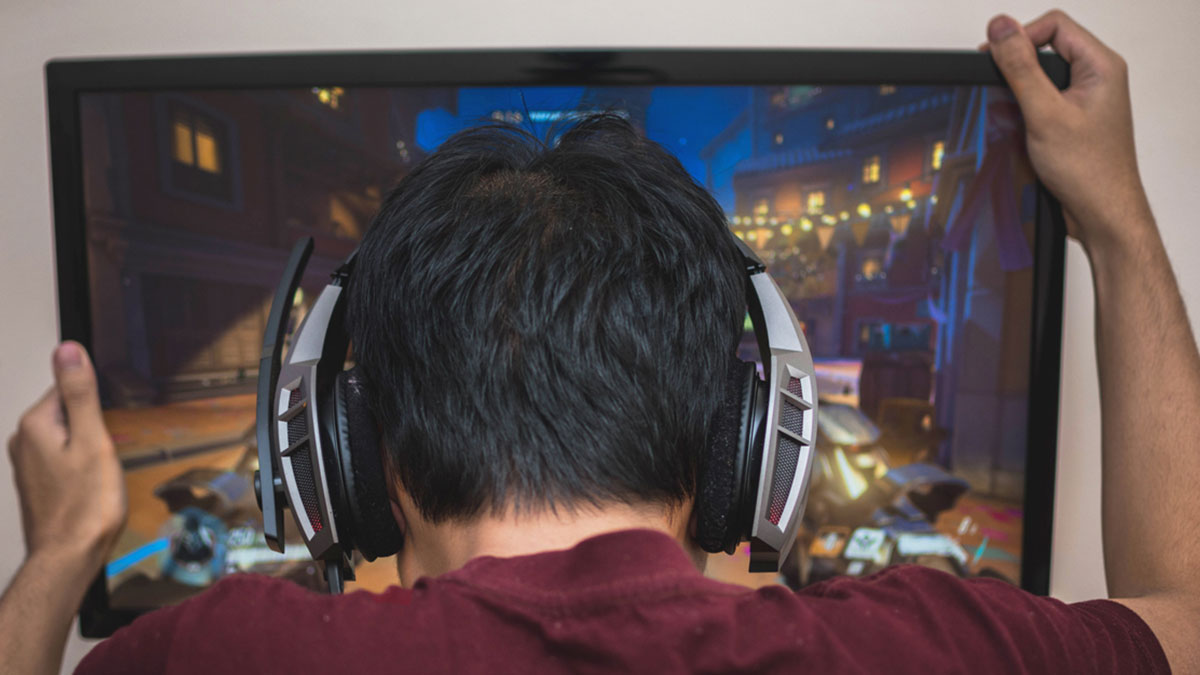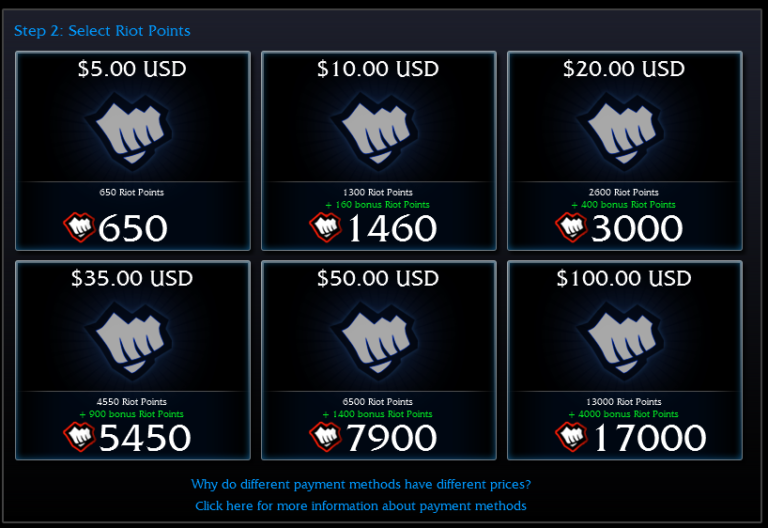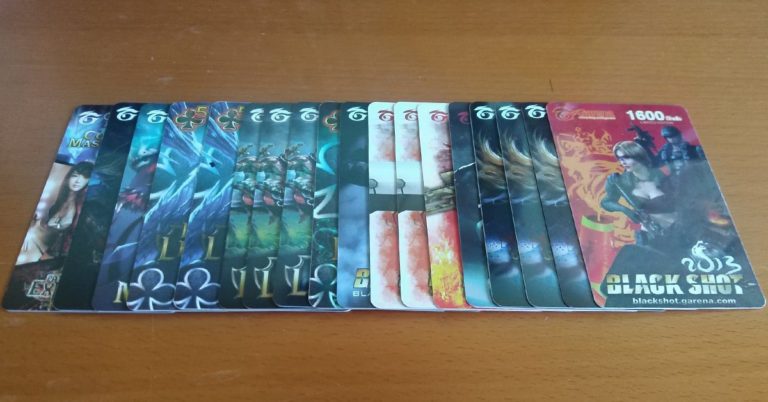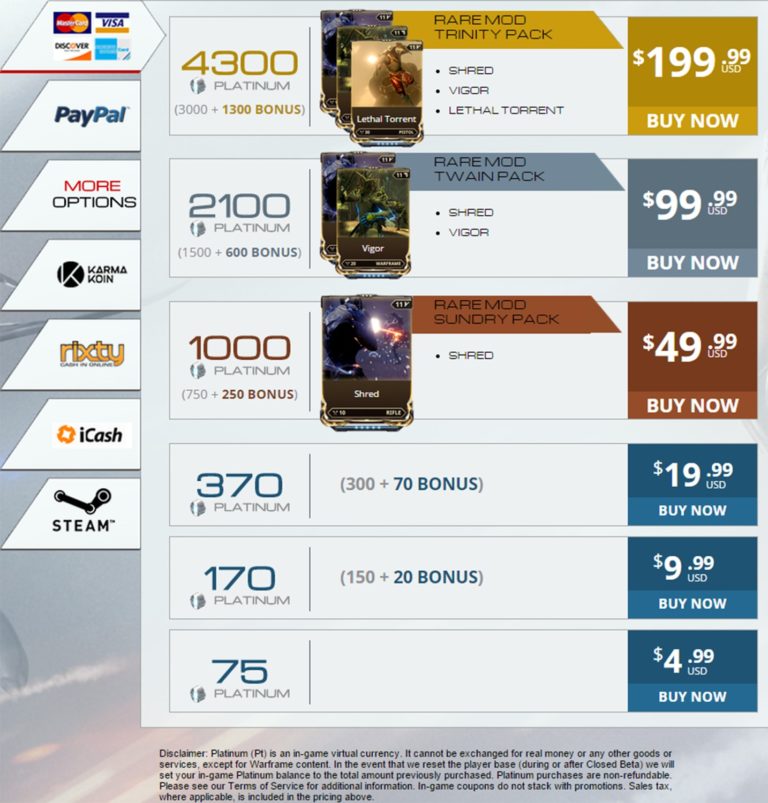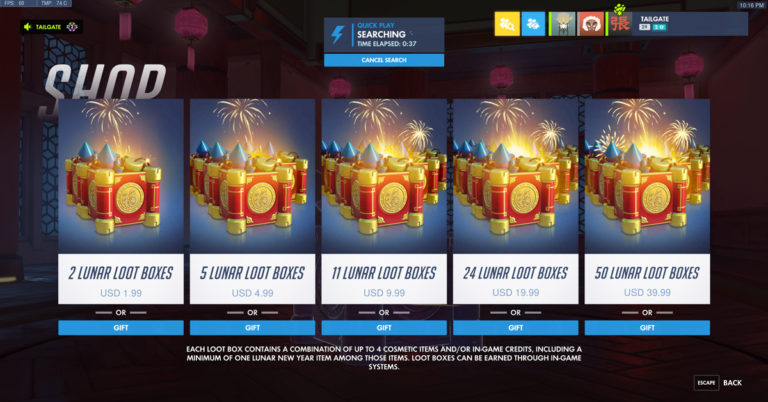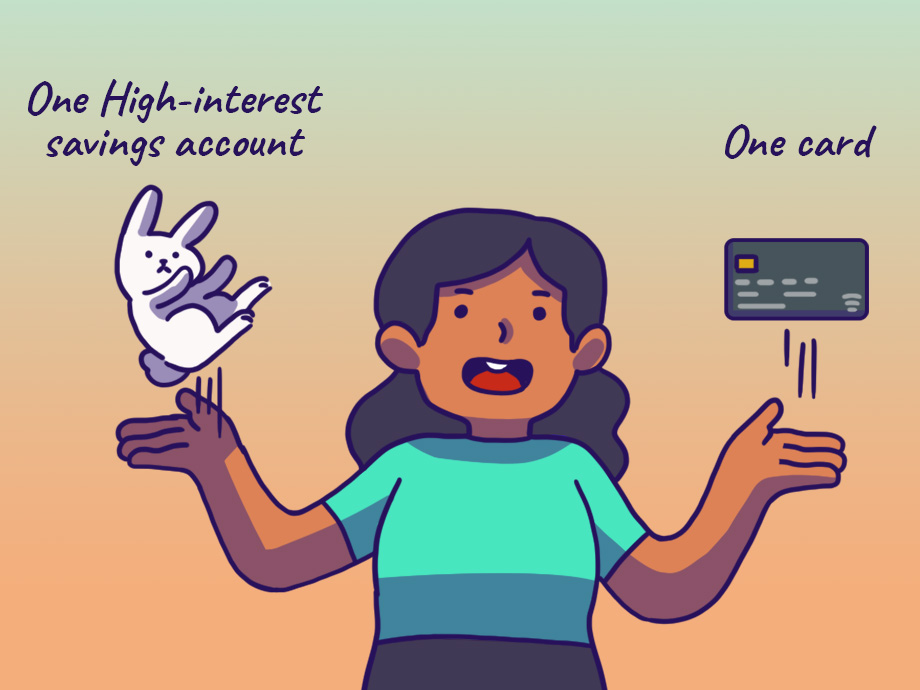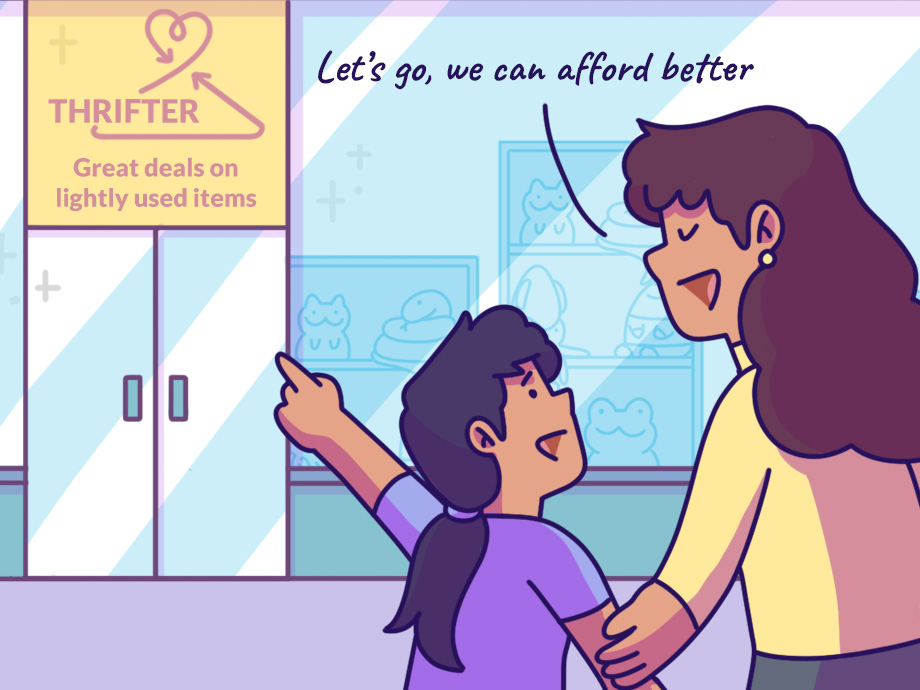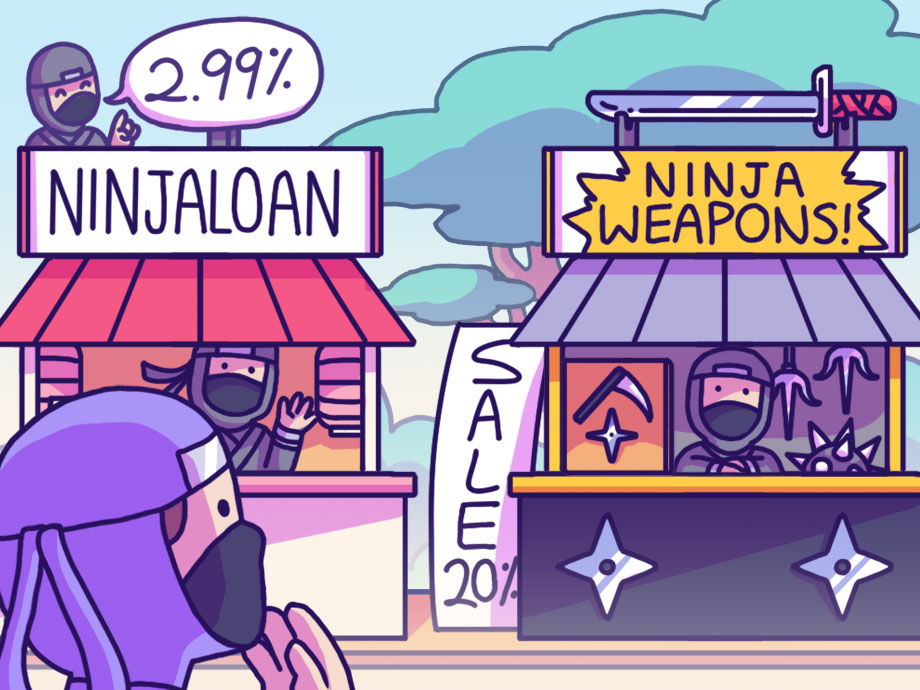Discipline Is the Name of the Game
So what’s the takeaway here? Probably that microtransactions aren’t inherently evil – especially if you have self-control. “It’s a good way to pay for updated content when it comes to giving back to the company,” said Jannah. “If multiplayer games could be cheaper or free but charge in-game transactions, it’s a great business tool.”
And it already is up to the individual how much they’re willing to spend on lootboxes and in-game stuff.
“They prey on the human tendency to spend. You’re never guaranteed to getting what you want even if you spend large amounts of money. The worst part of this is that gachas and stuff like it aren’t illegal or behind an age restriction yet.”
Ultimately, it all boils down to great financial habits and a sense of control when your salary comes in. This is why everyone’s raving about budgeting tips like paying yourself first and splitting up your salary using the 50/30/20 method.
If you’re able to save money well, you won’t have to worry about going broke just because you really wanted that S class hero.
And lastly, for parents with kids who play these games, it’s probably wise to keep a close eye on things.
“Kids below a certain age shouldn’t be exposed to lootboxes or gacha at all,” Ana suggested. “Though in the changing landscape of entertainment on mobile, I think the 13+ rating is reasonable in a controlled setting. Parents could give kids an iTunes or Google Play gift card and educate them about the value of money.”
“Gacha isn’t going anywhere, so we might as well teach [kids] from a young age about it instead of pretending it doesn’t exist.”
Can’t stop gaming? Hold W on these actionables first:
- Track your expenses closely and make sure you’re not overspending on lootboxes
- Set aside a fixed budget for in-game items if you can’t keep away from stores
- Know that it’s OK to spend money on microtransactions, but it isn’t OK to go broke doing so
- Dial things down a little if you’re becoming addicted and it eats into your savings
How much do you spend on video games these days? Let us know the jaw-dropping amount!



